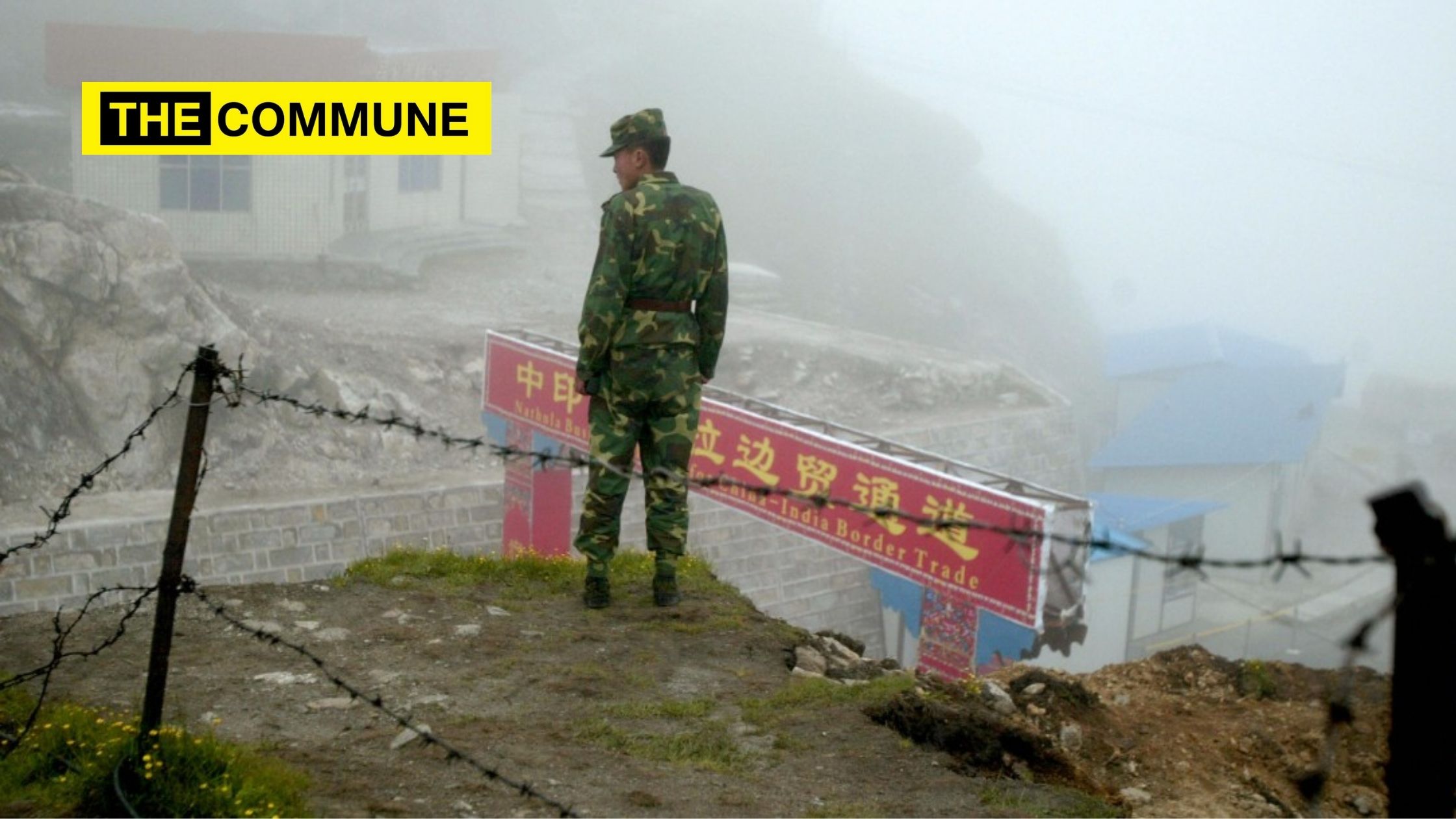
China has decided to keep the pressure on India along the Line of Actual Control (LAC) as it is preparing to deploy large numbers, the People’s Liberation Army (PLA) by building new troop shelters and fortifications based on the latest intelligence and surveillance reports.
China has now built new modular container-based accommodations for its soldiers in at least eight forward locations along the LAC and these new shelters have been seen in Wahab Zilga near the Karakoram Pass in the north, and in Piue, Hot Springs, Chang La, Tashigong, Manza and Churup, moving south along the LAC, reports Swarajya.
The modular containers are arranged in seven clusters and have somewhere between 80 to 84 containers which means in each cluster, China plans to have a battalion strength force of around 800 soldiers. The PLA has also deployed two batteries of S-400 surface-to-air missiles and other air-defense assets in the region.
After the Galwan valley incident in which an unknown number of Chinese soldiers had died fighting the Indian Army, China has now realized that it cannot match such tactics with India and as per the latest satellite images China is also building a helicopter base in Aksai Chin because previously the PLA base is located 130 kilometers away from the Galwan Valley in northeastern Ladakh.
However, it is a great matter of interest for India because the new base is coming just 147 km away from the strategically important Daulat Beg Oldi, an Indian military base with an airstrip located at the highest altitude any planes could land in the world. The other two important locations now closer to the PLA are the Pangong Tso and Hotsprings.
These two important points of friction between India and China during the standoff that began in May 2020, are at a distance of 180 km and 112 km, respectively. For China, logistics was the key element that was missing and now it has built helicopter bases as a part of its massive infrastructure buildup drive, which includes expansion of airbases near the Line of Actual Control (LAC).
By developing such facilities China can now accommodate a number of fighter jets and unmanned aerial vehicles on the Tibetan Plateau. China is also building 12 hardened shelters to shield its aircraft from enemy missiles and bombs at the Ngari Gunsa airbase (which also serves as a civilian airport), located just 200 km away from Pangong Lake.
Even when the military standoff was at its peak in eastern Ladakh and the eventual meetings for de-escalation, China continued with its expansion of the base, and satellite images (from August this year) show China has been widening and upgrading the road that leads to the areas under its control in the Depsang Plains, where the standoff between the two sides continues to this day.
However, India is also has been continuously working in developing infrastructure in border areas at a brisk pace and there has been no shortage of funds for projects in border areas and are receiving greater attention after the standoff with China along the LAC and at least 37 helipads are under construction in the Union Territory of Ladakh.
Also, in development are four new airports capable of handling wide-bodied aircraft are being planned and once completed, these new airports will improve links with bases outside Ladakh, such as the Chandigarh Air Force Station, and now supplies could reach our troops much faster in areas difficult to reach by road.
Click here to subscribe to The Commune on Telegram and get the best stories of the day delivered to you personally.




